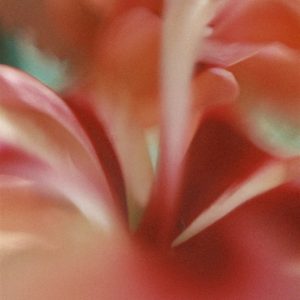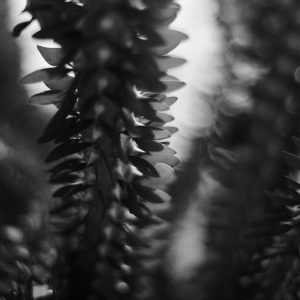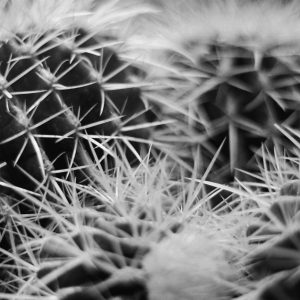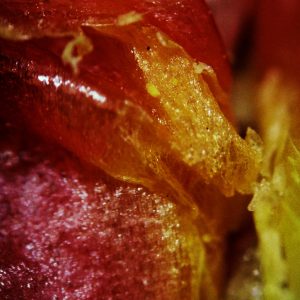While the radio sits stubbornly on one clear classic rock station, we bounce along the high desert countryside on two-tracks rarely traversed by any other vehicle. Our mission has varied over the past month, from exploring raptor nests, mapping plover habitat, and searching for springs, seeps, and reservoirs.
We spent two days exploring raptor nests on ridges in an area called the Hogsback. Raptors like Ferruginous Hawks and Golden Eagles like to make their nests on cliff sides and ridge tops. A few Golden Eagle nests we found were greater than five feet tall, situated on high ridges. The nests are no longer inhabited this late in the summer, as full-grown fledglings clumsily flit from ridge to ridge. However, when we climbed up the ridges to peer into the nest cups we found various things such as antlers, feathers, and small mammal skeletons. We also nearly stumbled across Northern Sagebrush Lizards as they scampered across the rocky hillsides, blue bellies so distinct against a background of gray and brown. One large raptor nest had recently been taken over by kestrels, who were flitting in and out, scolding us as we climbed up the hill.
So far this summer, we have collected roughly 70,000 acres of Mountain Plover habitat–nearing our goal of 100,000. The Mountain Plover remains relatively elusive, however. At first glance, we often confuse Mountain Plovers with Horned Larks, which are similar in size with similar markings. Some days we come back with a mere 500 acres of habitat after searching for six hours, and other days we can search for three hours and come back with 13,000 acres. The pickings are becoming slim as we continue to search for habitat and we have begun looking in areas we never thought would have before for plover habitat, giving us glimpses into neat country we had not yet explored.
Springs and seeps are of particular interest to the BLM. There is little water in the high desert region of Wyoming, making any stretch of water very valuable, and the unique riparian vegetation that inhabits these areas even more valuable. Desert animals depend on these water sources and when they are not managed for correctly, cattle can destroy them. The BLM takes these areas into special consideration when monitoring active grazing areas. Many of these springs do not hold water all summer long, but can be identified by the vegetation that surrounds them: willows, beak sedge, and Nebraska sedge. Other springs are subterranean, only coasting above ground briefly before disappearing beneath the surface. Some other springs are considered developed, meaning their water is being directed to reservoirs or troughs for livestock.
Reservoirs in the high desert of southwest WY are important for a few reasons: they slow water flowing into the larger Bear River, hold sediment back from being dumped into the Bear River, provide habitat for waterfowl and other creatures, and are a more consistent water source for livestock and other animals. Reservoirs are simply man-made lakes with taller berms to prevent water and sediment from washing out quickly and back into streams. During our exploration of reservoirs we have seen Northern Harriers and several species of ducks with their growing ducklings. We have also found snake sheds and Sage Grouse sign, including cecal tar. Cecal tar is a black substance that Sage Grouse puke up in the morning–remnants of the tannin-rich sage they could not digest. However, not all of the reservoirs that we have found still hold water this late in the summer. Unfortunately, some reservoirs have naturally–or from cow trample–blown out, allowing water from streams to rush through, carrying heavy loads of sediment. It is difficult for the BLM to repair these reservoirs because they are many and money is short.
We hope to have our plover habitat complete by the next posting! So long for now.
Kira Hefty and Larry Ashton









 From my long summer reading list here is an excerpt from my newest favorite book:
From my long summer reading list here is an excerpt from my newest favorite book:











